Follow me for daily free access to health articles!
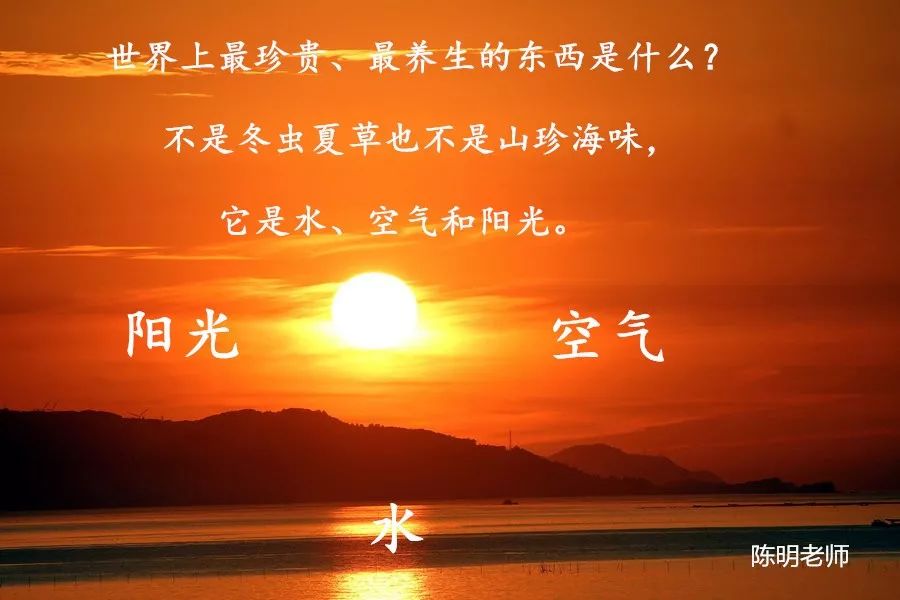
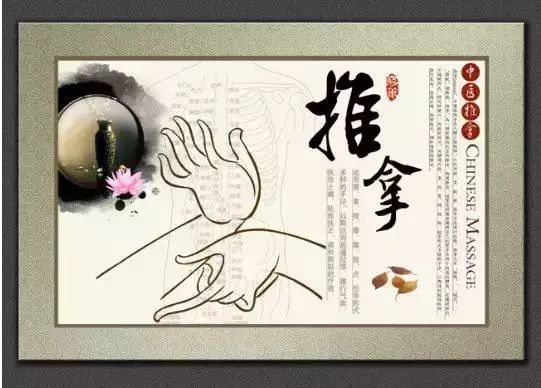
The TCM technique of Tui Na massage involves the combination of various massage methods applied to different parts of the body to adjust bodily functions, promote the flow of Qi and blood, relax muscles and tendons, and alleviate or improve diseases. There are many massage techniques, and mastering the basic methods is crucial. Here, we share some essential massage techniques.
—— Thirteen Techniques of Massage ——
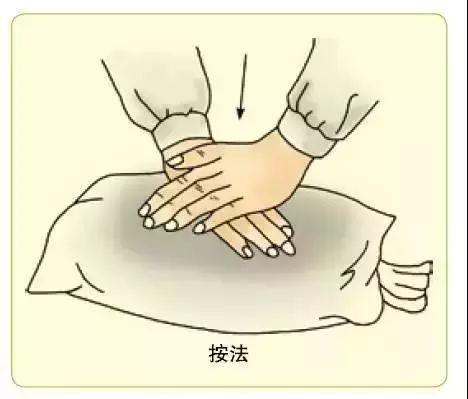
Pressing Technique (An Fa)
Method: Use the base of the palm, the root of the thumb, or the elbow tip to apply pressure vertically downwards on the treatment area. Often combined with the kneading technique, referred to as “An Rou”.
Key Points: 1. Gradually increase pressure while pressing. 2. When working on the back, press down in sync with the recipient’s exhalation, applying force momentarily.
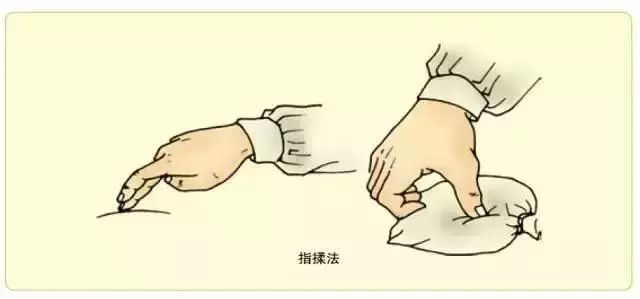
Kneading Technique (Rou Fa)
Method:
1. Finger Kneading: Use the fingertips to perform circular kneading motions on acupoints, applicable to various body parts.
2. Palm Kneading: Use the palm to perform circular kneading motions on acupoints, applicable to the lower back and abdomen.
3. Thenar Kneading: Use the hypothenar eminence to perform circular kneading motions on the face.
Key Points:
1. Use the proximal part of the limb to drive the distal part in small circular motions, such as using the forearm to move the wrist and palm for palm kneading.
2. The pressure point should be firmly placed on the acupoint, engaging deeper tissues. 3. Maintain even pressure, with coordinated and rhythmic movements.
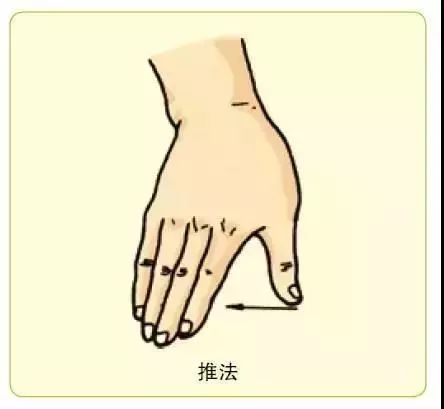
Pushing Technique (Tui Fa)
Method:
1. Palm Pushing: Use the palm to apply linear pressure in one direction on the treatment area, applicable to the back, chest, abdomen, and lower limbs.
2. Finger Pushing: Use the fingers to apply linear pressure in one direction on the treatment area, applicable to tendon areas.
3. Thumb Spreading: Place the radial sides of both thumbs on the forehead and push outward from the midline.
Key Points:
1. The pressure point should be in contact with the skin, with moderate pressure, ensuring it is light yet firm. 2. When pushing, the fingers should lead, with the palm base following. 3. Maintain a steady speed.
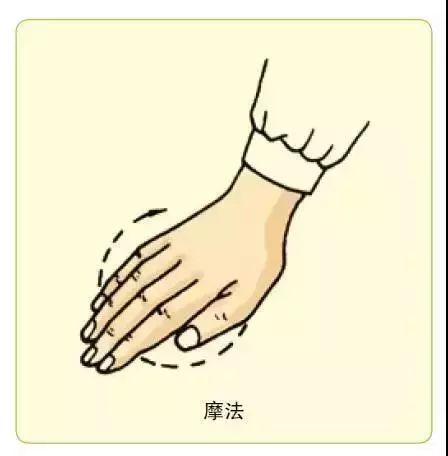
Rubbing Technique (Mo Fa)
Method: Use the palm or the surfaces of the fingers (index, middle, ring, and little fingers) to rub the treatment area in circular motions, either clockwise or counterclockwise.
Key Points: 1. Relax the upper limb and wrist, lightly resting on the acupoint. 2. Movements should be gentle and coordinated, applying light pressure rather than heavy, and maintaining a slow rather than fast speed.
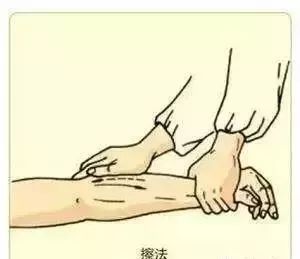
Wiping Technique (Ca Fa)
Method:
1. Palm Wiping: Use the palm to perform rapid back-and-forth linear wiping motions, applicable to the lower back, limbs, and shoulders.
2. Thenar Wiping: Use the hypothenar eminence to perform rapid back-and-forth linear wiping motions, applicable to the upper limbs and neck-shoulder area.
Key Points:
1. Wiping should be done in a straight line, avoiding slanting. 2. The pressure point should be in contact with the skin, with moderate pressure. 3. Movements should be continuous, with a steady and fast speed, maximizing the distance of the back-and-forth motion.
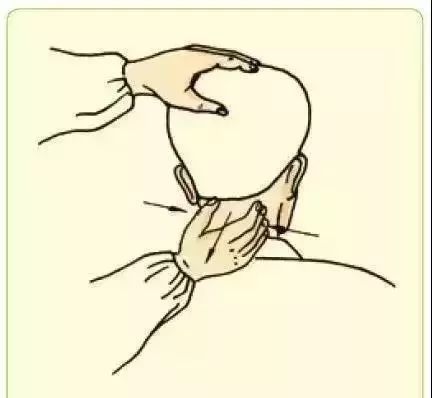
Grasping Technique (Na Fa)
Method: Use the thumb and the other four fingers in opposition to apply rhythmic pinching on the treatment area, often combined with other techniques, applicable to the neck, shoulders, and limbs.
Key Points:
1. Relax the forearm, keeping the palm light. 2. When pinching, the direction should be perpendicular to the muscle belly, primarily using the metacarpophalangeal joints, with the interphalangeal joints remaining still. 3. Movements should be fluid, with pressure gradually increasing.
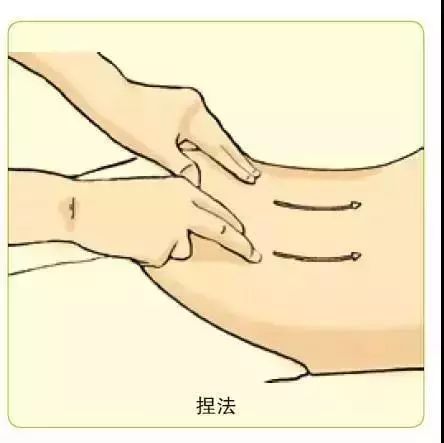
Pinching Technique (Nie Fa)
Method:
1. Three-Finger Pinching: With both wrists slightly extended, place the thumb horizontally against the skin, and use the index and middle fingers to pinch the skin, alternating while moving forward.
2. Two-Finger Pinching: With both wrists slightly ulnar deviated, place the radial side of the index finger against the skin, and use the thumb to pinch the skin, alternating while moving forward.
Key Points:
1. Pinching should be done in a straight line, avoiding slanting. 2. The tension of the skin during pinching should be appropriate.
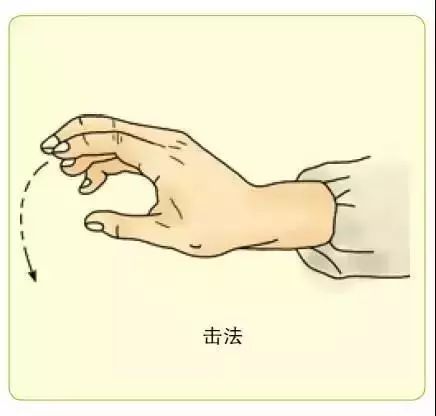
Striking Technique (Ji Fa)
Method: Use the fingertips to rhythmically strike the body surface, applicable to the head.
Key Points: 1. Relax the wrist, allowing the elbow to drive the wrist’s free movement. 2. Striking should be elastic and rhythmic.

Pointing Technique (Dian Fa)
Method: Apply sustained pressure on acupoints using the fingertip, which can also be applied momentarily.
Key Points: According to the Meridian Techniques public account, maintain a certain posture with the fingers to avoid overstretching or bending during the application of pressure, which could cause injury.
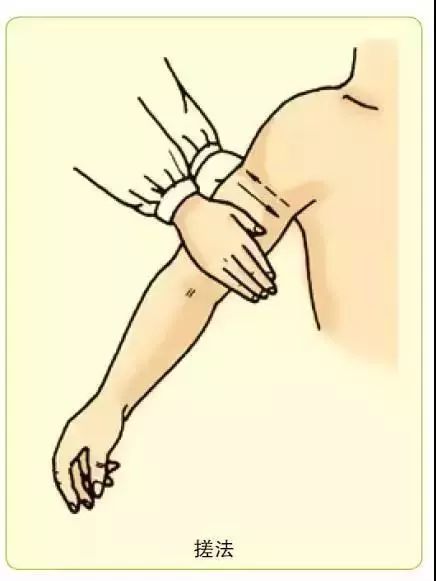
Rubbing Technique (Cuo Fa)
Method: Use both hands to grasp the limb and apply opposing forces, performing rapid rubbing motions in opposite directions while moving up and down, applicable to the upper limbs.
Key Points: 1. Apply symmetrical force. 2. Rubbing should be fast, while movement should be slow.
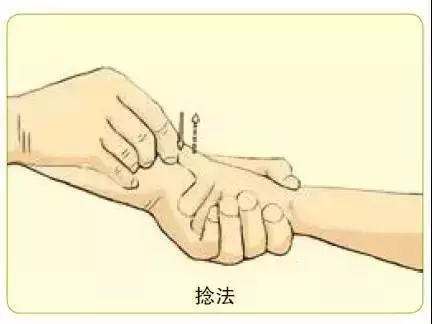
Twisting Technique (Nian Fa)
Method: Use the textured surface of the thumb and the radial edge of the index finger to grasp the treatment area, performing rapid twisting motions, applicable to the fingers and ears.
Key Points: 1. Twisting should be fast, while movement should be slow. 2. The index finger should primarily drive the motion, with the thumb assisting. 3. Movements should be coherent.
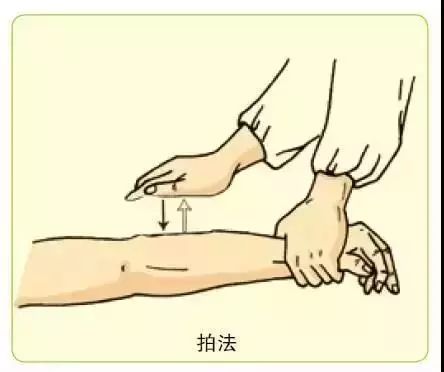
Patting Technique (Pai Fa)
Method: With fingers together and slightly bent, use the forearm to freely flex and extend the wrist, allowing the fingers to strike first, followed by the wrist; when lifting, the wrist raises first, followed by the fingers, patting the body surface with a relaxed palm.
Key Points: 1. Ensure the palm is relaxed while patting. 2. The wrist should move freely, and the elbow should flex freely. 3. Hands can work together.
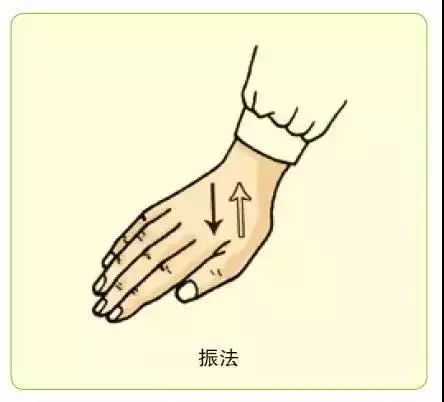
Vibrating Technique (Zhen Fa)
Method: 1. Palm Vibrating: Place the palm on a specific area and perform continuous, rapid, up-and-down vibrations, applicable to the abdomen and lower back. 2. Finger Vibrating: Use the tips of the index and middle fingers on acupoints to perform continuous, rapid, up-and-down vibrations.
(Thank you for reading! Please share this article with more friends to help everyone stay healthy!!!)

This text and video are sourced from the internet for sharing purposes. If there are any copyright issues, please inform us for removal.

